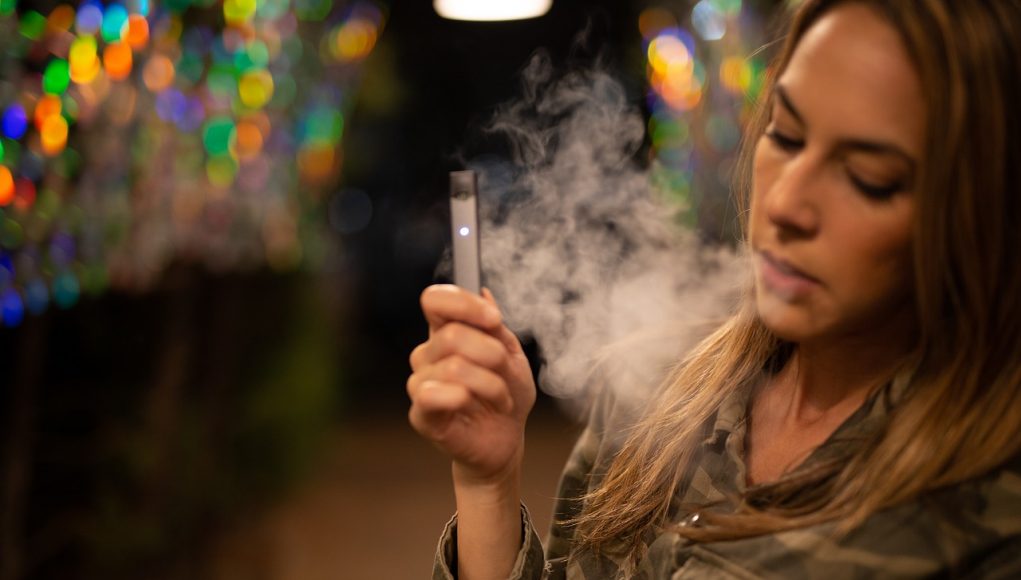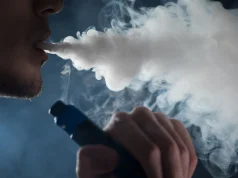The subcommittee’s chairman, Democrat Raja Krishnamoorthi of Illinois, opened the meeting by urging the FDA to deny approval for all vaping companies in the ongoing PMTA reviews. Meanwhile, the FDA is still studying 7% of the applications, including Juul’s, therefore delaying its decision past the stipulated 9th September deadline.
With regards to the alleged epidemic, the 2020 National Youth Tobacco Survey (NYTS) conducted by researchers at the FDA and the Centers for Disease Control and Prevention (CDC), had clearly indicated that e-cigarette use amongst teens has dropped by a third.
Carried out between January 16th and March 16th, the school-based survey indicated that 19.6% of high school students (3.02 million) reported e-cigarette use, down from 27.5% (4.11 million) in 2019. While amongst middle school students, the figure dropped aswell, from 10.5% (1.24 million) in 2019, to 4.7% (550 000).
E-cigarettes are not the source of the problem
A recent study from the University of Michigan, suggested that as was the case with cigarette smoking in the past, the main motivator behind teen vaping is the “cool” factor derived from using e-cigarettes, not the availability of flavours or the devices themselves.
Another study of high school seniors in the U.S., found that teens who are less satisfied with their lives and seek out risky and exciting experiences, are the ones more likely to use multiple substances regularly, including tobacco and vaping products.
Other recent studies similarly reported that personality factors such as high neuroticism and curiosity, play a main role in enticing teenagers to initiate vaping. These findings reflect arguments by tobacco harm reduction experts, who have long been pointing out that those teens who are inclined to vape, would be smoking in the absence of the safer alternatives.
Read Further: Bloomberg








